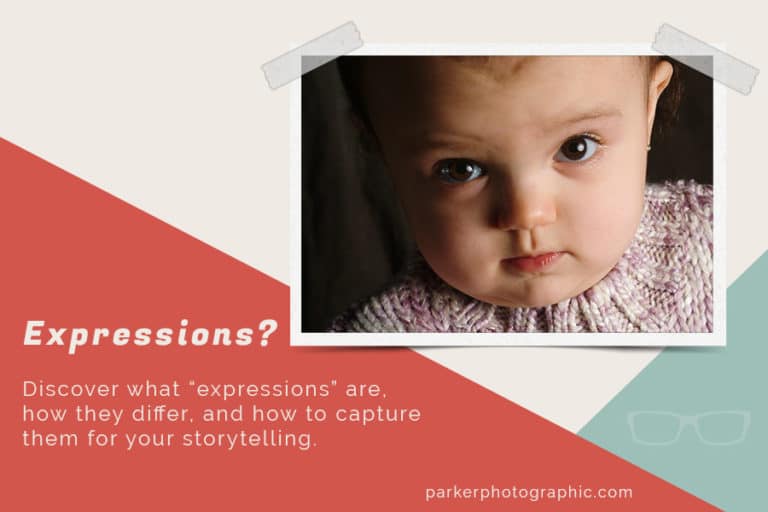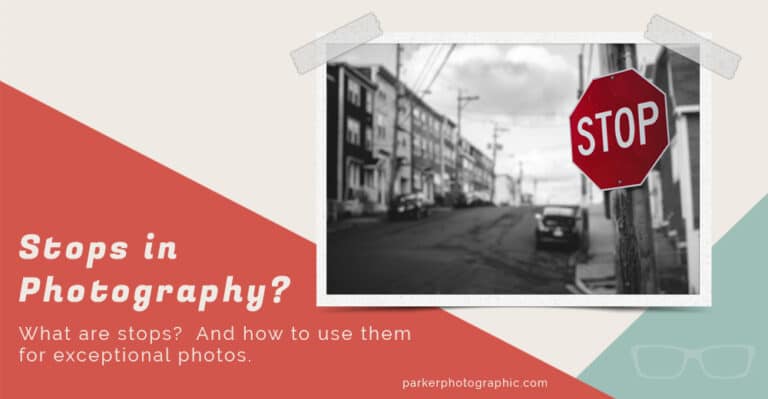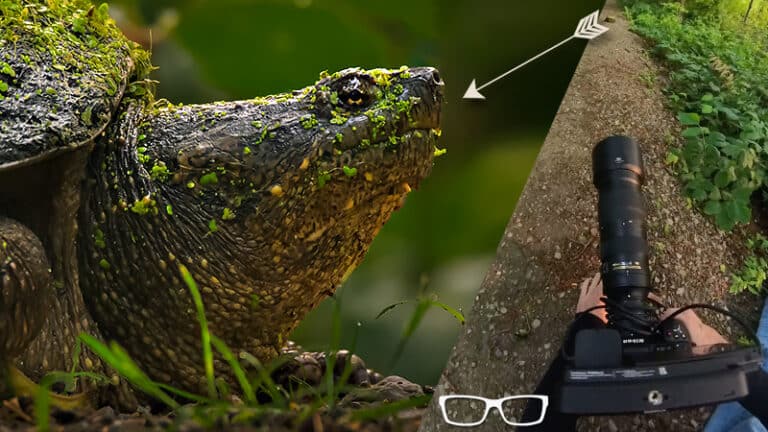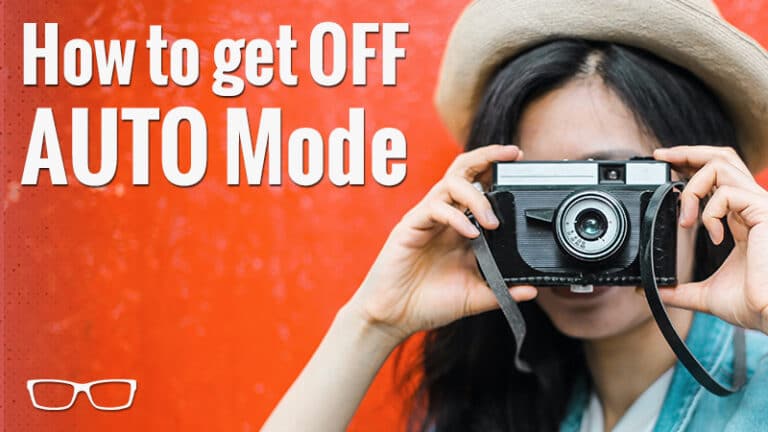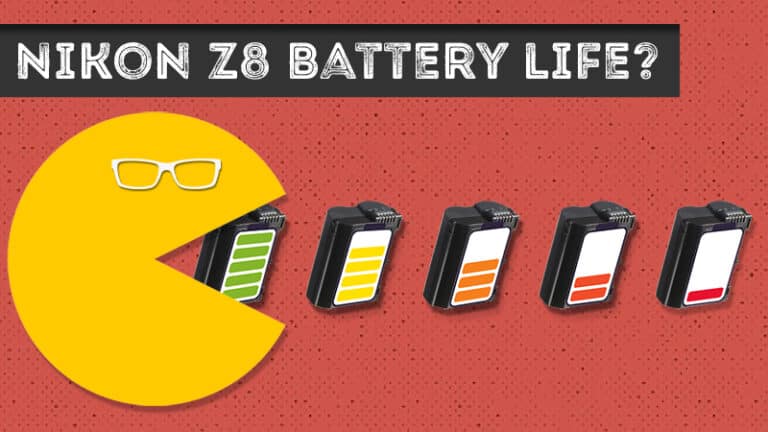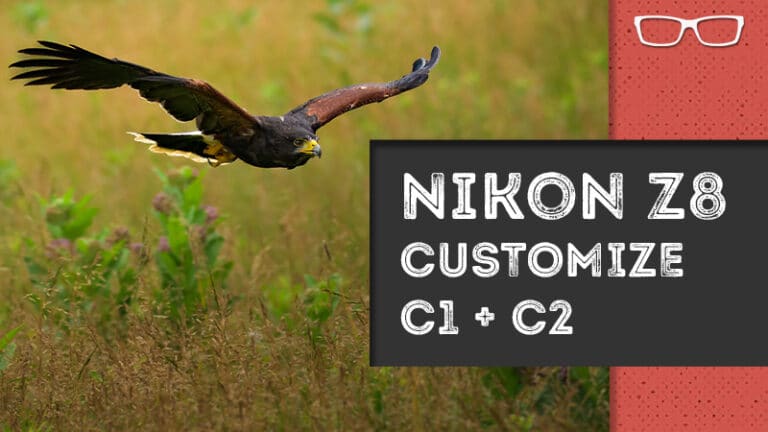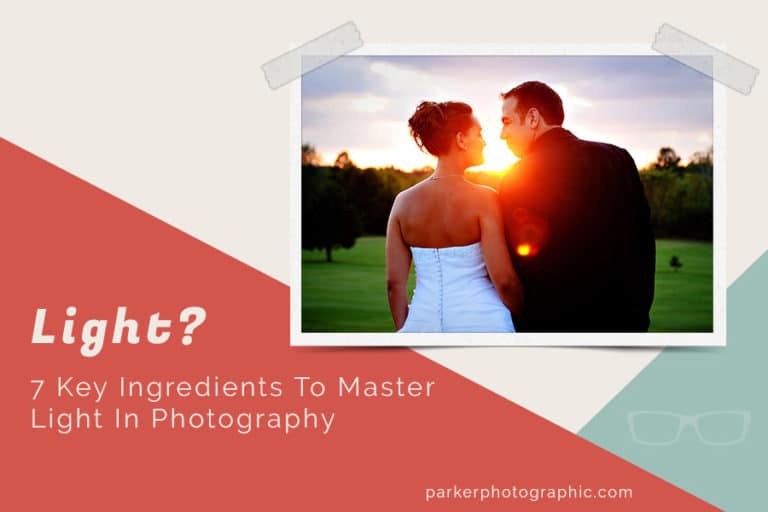THE Best Beginner Camera 2024… the Buying Guide
Subscribe
Buying the wrong camera is like burning your money. Get it right, and you'll have the perfect camera for your photography needs.
How To Buy a New Camera in 2024
You’ll discover which camera is right for you and how to get it regardless of your budget, which Brand to buy, whether it’s Nikon, Canon, Sony, or something else, and you’ll be shocked at which camera photography beginners should buy regardless of your budget.
Two Questions To Ask BEFORE Buying
Let’s dive into the first two questions you have to answer before you buy anything.
And it’s not your budget. Although that’s important, there’s something else that’s more important.
And later on, you’ll discover how to get the exact camera that is right for you on any budget.
So, I remember my last year in High School, my sister decided she wanted to pursue being a model.
After her first photoshoot, which lasted about an hour, she showed me the contact sheet to see which photos I liked best.
But, I was more interested in knowing how much she paid for this service, and I was floored when she said one hundred and fifty dollars.
Not bad for an hour’s work since I was only making three dollars and thirty five cents bagging groceries.
So, the following day, I went to the local camera store and maxed out my credit card because I was going to be a pro photographer.
My choice of camera, a Nikon, was solely influenced by ads I’d seen before, which was my first mistake.
The second mistake was choosing a camera based on how much money I had and not considering the features I needed based on the type of photography I was interested in.
My choice might have been different if I asked the sales clerk what kind of camera and features I needed to photograph models and portraits.
So, what type of photography are you interested in? Portraits, landscapes, wildlife, or something else. Or maybe a combination of two or more.
Your choice will narrow down the features you need. In today’s digital world, we have features that were impossible thirty years ago, like Eye Tracking that auto-focuses on your subject’s eyes as they move.
Or The ability to shoot ten, twenty, or more images per second.
And there are many more features to consider, not just for the type of photography you want to shoot but whether you’re going pro or shooting for fun. Like, the build quality of a camera should be exceptionable if you’re going pro since it will get beat up more so than if you’re shooting casually.
This camera was set up on a tripod during a wedding ceremony, and a guest knocked it over, and the body cracked.
At the time, this was considered a high-quality camera built with strong materials, and I could still use it then and now.
However, it might not have survived if it had been made of plastic, like lower-end cameras.
So, the other question is, is your passion for photography just for fun, or do you desire to be a pro? Your decision will change what type of features are best for you.
There’s no reason to buy that five thousand dollar camera, even if you have the money for it if it includes features you don’t need.
Or you can go without certain features, like a metal body vs plastic, since photography will be just a hobby, or you may only want to photograph landscapes.
In that case, you don’t need eye-focus tracking or the ability to shoot dozens of images per second. Those features are better for portrait, sports, and wildlife photographers.
How Much Should You Spend
First, the million-dollar question is how much money should you invest in buying a new camera. Should you invest every dollar you have, or is there a better option?
Or what if your budget doesn’t allow you to buy the camera for your needs? We’ll go over that option too.
Also I would advise considering your camera purchase as an investment whether it’s a Hobby or a future profession.
And that’s because your digital camera has a shelf life. It won’t last as long as a film camera, like this one, from 1989.
And the main reason why is that the Shutter in your DSLR, depending on the make and model, has a life expectancy of around one hundred to three hundred thousand photos before it wears out and breaks.
Then, you’ll have to either get it fixed or invest in a new camera. Now, hundreds of thousands of photos seem like a lot, right?
But it’s easy to shoot hundreds and sometimes thousands of images in a single day when starting out.
And you could wear out the Shutter in a year or two or more, depending on how much you shoot.
And I’m going to share a pro tip, in a moment, on how to find how many photos were taken with a DSLR.
But when it comes to a Mirrorless camera, it does not have a Shutter, and you’ll never have to worry about it wearing out.
But a Mirrorless camera has a lot more electronics inside.
And if you’ve ever experienced electronics breaking, like a desktop or laptop computer or maybe a computer chip in your car, you know they don’t last forever.
So these are additional things to consider when you’re ready to buy or invest in a new camera.
BUDGET OPTIONS
So, how much money should you invest in a camera?
Well, before we get into the actual dollar amount let’s see what you get for your money based on these three budget categories;
LOW RANGE
So, in the low range, these digital cameras are typically under one thousand dollars and include cameras like the Fuji xt30, Canon EOS RP, and the Nikon ZFC, to name a few.
Typically, these cameras have fewer options than more expensive ones, and the build quality is not great.
However, if you’re careful with your gear, they should last a few years, and the quality of the images is really good.
MID-RANGE
Now, in the Mid Range, which is around one to two thousand dollars and maybe a little more like twenty-five hundred, you’ll find these cameras have a few more options, and the build quality is better.
HIGH RANGE
In the higher range of around three thousand and up you’ll find the best build quality and all the features you’ll ever need.
Due to the sheer number of digital cameras in each range, it will be impossible to cover every make and model in terms of features and quality.
This is why I recommend going through all the buying steps mentioned in this video to narrow down your choice.
And at the end, I’ll provide how much you should invest, especially if you’re new to photography.
Which Camera Brand
Before you decide on a camera, you have to make three more critical decisions.
The first one is the Brand of the camera. Will it be Nikon, Sony, Canon, Pentax, Fuji, Panasonic, or something else?
How do you choose? Well, within Brands, there are three things to consider.
Unlike thirty years ago, it’s much harder to narrow down this specific question of Brand. Or is it?
You could post a comment on social media, and you’ll get dozens of recommendations for one Brand or another.
But you’ll be wasting your time, and here’s why. So, let’s say the majority recommends Canon, and you decide to invest in one.
After purchasing online, it arrives; you unpack it and hold it in your hands for the first time.
But, it’s too small for your hands or too big. Either way, it feels uncomfortable.
Sure, you’ll probably get used to it after a while, like when I purchased my first mirrorless camera.
The body was so much smaller than what I was used to from the previous twenty years.
But let’s say a friend of yours has Nikon, and it feels better in your hands.
Well, you’ve probably already invested a lot of money in Canon with the purchase of multiple lenses, and now you can’t switch because it will cost too much.
So, before you invest in your digital camera, I recommend going to a local camera store and getting a feel for each of the different brands.
COLOR
If I were starting fresh today, I’d take it a step further. I remember buying my first film camera and asking the clerk for a roll of film.
And his reply was which one. And I’m like, I don’t know. So, he goes on, we have Kodak Velvia, Kodak Portra, Agfa, Fuji… and I’m like, what’s the difference?
So, he explained, and I was surprised that each type of film was designed for specific situations or subjects, and the colors and contrast that each film produced enhanced those subjects.
And Kodak Portra, which I bought that day, was the go-to film for photographing people.
Once I realized shooting models was not my cup of tea, I tried Landscape photography.
And I loved the vibrant colors and contrast with Fuji film vs Kodak.
If I were starting new today, I’d want to choose a digital camera that provides the right colors for my subjects and my personal preference.
Now, yes, we can edit the colors after the fact.
However, I love the colors created by Sony cameras straight out of the camera, more so than Nikon or any other camera.
So, I’d spend some time looking at images from the different brands to see which one appeals to you the most.
Build Quality
Another vital part of your decision-making is the size of the camera’s sensor and the megapixels.
Just like in the film days, when our choices were thirty-five mm, medium, and large format film, a digital camera’s sensor size will affect the quality of your image.
The same can be said about the MegaPixels of the camera. More is better. Or is it?
Before I answer that, let’s review sensor size options.
The most popular are Crop Sensors, and there are two varieties: APS-C and Micro four thirds.
The third option is full-frame cameras. A full-frame camera has a sensor size equivalent to thirty-five mm film.
In general, larger provides better image quality. But that doesn’t mean you need larger. It all depends on what you’re shooting and why.
In 2002, my first digital camera was the Fuji S2, and I used it professionally as a wedding photographer.
I had no problems getting quality print enlargements up to twenty by thirty.
And it was an APS-C cropped sensor. You might also be surprised that the Fuji S2 only had six megapixels, three to five times smaller than today’s digital cameras.
So, more megapixels don’t necessarily mean better. Sometimes, less is more, especially when considering the file size.
Back then, the biggest media card I used was only four gigabytes. Today, for my Nikon z8, I’m using a five hundred gigabyte card.
the Crop Factor
So, should you choose a full frame or a cropped sensor?
Well, what I’m about to share is important to know before you buy your digital camera, and this information will help you narrow down the right one.
And that’s because the size of your sensor, cropped or full frame, will alter what you can capture or create. How so?
Let’s say you want this fifty mm lens on a full-frame camera.
When doing so, that camera will create an image equivalent to what your eyes see regarding the Field of View.
So, as you look ahead, the things in front of you are in focus within this limited view or your field of view, which is in between my hands.
Outside of that, we can still see stuff, but it’s not in focus, so it’s outside our field of view.
When you put this fifty mm lens on a camera with a crop sensor, your field of view shrinks.
Ok, so instead of this, it’s smaller and more like this.
This is known as the Crop Factor. Depending on the sensor type, the cropping amount will be up to two times.
So, in other words, if you want a field of view of fifty mm and your sensor has a crop factor of two, that means your field of view is now shallower since you’re shooting with the equivalent of a one hundred mm lens.
And to get the fifty mm Field of View, you need a twenty mm lens instead.
So, for this image, I created it with a twenty mm lens on a full-frame camera.
But let’s say I had a camera with a Crop Factor of two. In that case, this is how that image would have been created. A lot of it has been cropped due to the Crop Factor.
I’d have to use a ten mm lens to get the same field of view.
Cropped or Full Frame. Which one is right for you?
That’s not an easy answer since we all have different needs and expectations.
If you want the best of both worlds, you may want to consider Full Frame since most of them include a feature that resembles a Crop Sensor.
For Nikon, it’s called DX mode, and when you switch to it, you’ll get a crop factor of one and a half. So, a fifty mm lens becomes seventy-five.
This is ideal for those who shoot far away subjects, like sports and wildlife photographers.
Buy New or Used?
After considering everything we've covered so far, you've narrowed your camera choice to a specific brand with the exact features and sensors you need.
But what if you don’t have the money to buy that camera?
What can you do?
Or if you do have the money, should you spend it all?
Either way, would you like to save some money?
Well, there’s one option to consider, and I’ll explain why it’s the perfect choice for photography beginners and even for those with more experience.
And it’s something I wish was available at the time of my first digital camera purchase. Back then, digital cameras were only a few years old and were in high demand.
And if I could go back thirty years, I would have been better off doing this, too.
Before I reveal it, let me share an old saying that says: “Everyone with a camera is a photographer.”
Technically, that is true. Anyone can take a photo with a camera. But that doesn’t mean it’s a good photo.
It’s the person behind the camera that creates amazing images.
I could give Tiger Woods a pitching wedge, and he’d still beat most of us in a game of golf.
If you can’t create amazing images with a five hundred dollar camera, I guarantee you won’t be able to with a five thousand dollar camera.
You first need to learn and master the four keys to creating amazing images, and I have a free four-hour photography course on this channel where you can learn those skills.
You can watch that here.
So, if you have a thousand, two thousand, or five thousand dollars, I wouldn’t recommend spending it all yet.
Not until you’ve practiced the fundamentals and decide that you want to continue honing your photographic skills.
I’ve seen too many people take up photography as a hobby only to realize it’s not for them, and I always see their gear up for sale in numerous Facebook marketplaces.
Another question you have to decide is which lens to buy, which is part of your budget, and I’ll share the answer to that in a second.
First, I want to share the poll in my private Facebook group to find out the questions photographers wanted to know about buying their first camera.
And the number one question they wanted an answer to… came from experienced photographers, and they wished they knew – if the camera they were going to buy was the right one for their future photography goals.
There’s only one problem with the answer to that question.
It’s impossible to know what your future photography goals are going to be until you become more experienced and learn the different features and other tools available to create amazing images.
When I started, I wanted to be a model photographer. And I failed miserably.
Then, I switched to portraits. Again, I failed at it for ten years and was your typical starving artist.
After that, I switched to wedding photography, and I did so successfully for fifteen years.
It wasn’t until I burnt out and began spending more time outdoors that I realized I always wanted to be a wildlife and landscape photographer.
It took me thirty years to discover my future photography goals.
Along the way, I bought dozens of different cameras based on the needs at the time.
And I could have saved a lot of money if I had bought used.
But there’s one major problem with used digital cameras.
As I mentioned previously, DSLR cameras have a Shutter with a limited life expectancy.
It’s the same with your car. The more miles you put on it, the closer it is to breaking down.
So, if you’re going to buy a used DSLR, get the shutter count of the camera you’re interested in.
Most sellers know how to extract the Shutter count from the camera.
If they don’t, direct them to the link in the description below, and then they can get that information for you. Also, you’ll want to find out the life expectancy for the shutter for the make and model you’re considering buying.
And if it’s two hundred thousand and the digital camera already has one hundred and fifty thousand, you might want to consider another camera with a lower shutter count unless you can get it for really cheap and plan on upgrading in the future.
Which Lens Should You Buy?
Now, you have to decide on which lens to buy first.
Well, there’s one lens every photographer should have since it will make you a better photographer.
To find out which lens to buy first watch this.




